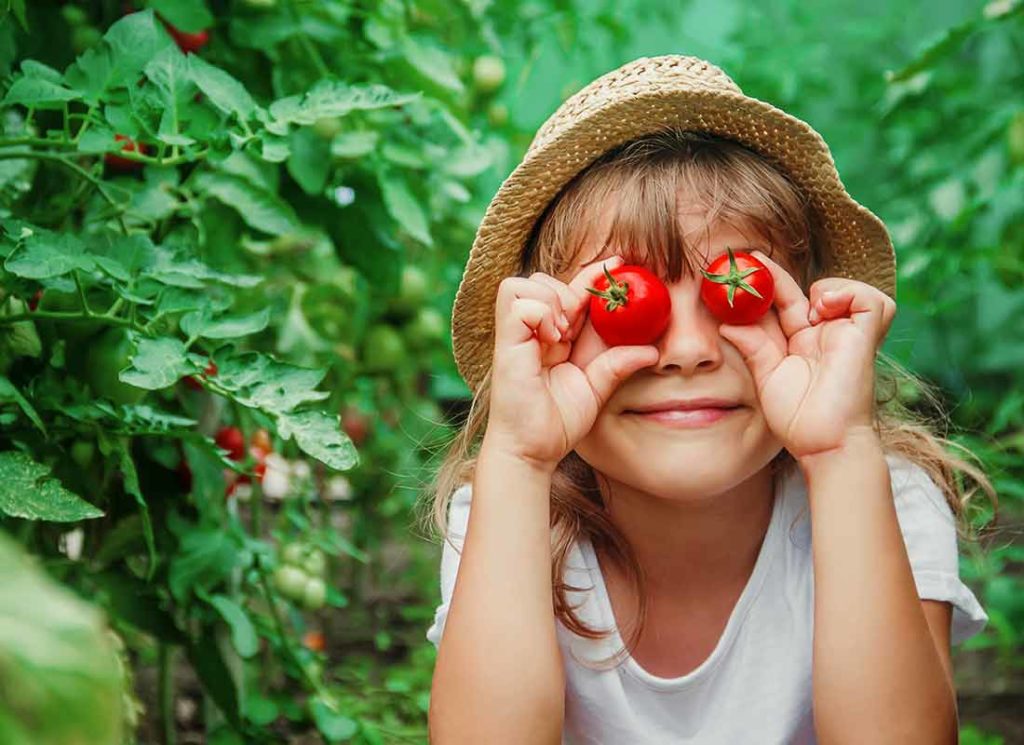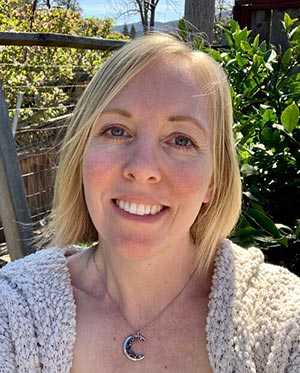
Yes, You CAN Grow Your Own Food!
The local food movement is nothing new to most Novato folks. With our seasonal Downtown Farmers’ Market and our town’s many unique eateries, we have lots of choices when it comes to eating fresh, local and in-season. However, during these uncertain times, many people are thinking of sourcing their fruits and veggies even closer to home — from their own backyards. It doesn’t get any more local than that! According to the New York Times, interest in home gardening is on the rise, and seed companies and plant nurseries are reporting record sales.
If you have considered getting into gardening yourself, with a little pre-planning, a shovel, and some time and willingness to learn, you can definitely make that dream a reality! Here I will walk you through a few basic steps that will soon have you eating food that you’ve grown with your own two hands.
Location
Choosing where to put your garden is the first, and one of the most important decisions you will make. When deciding on a location, the first consideration is sun exposure. Many vegetables and fruits need a good deal of sun, so look for a place that gets sun for most of the day. For us in the northern hemisphere, this is often on the side of our house that faces south. Sometimes that may mean your front yard gets more sun than your backyard. I urge you to consider the front yard as a possibility if this is true for you. Edible gardens can be very beautiful as well as functional! If you don’t have a place that gets full sun all day long, don’t despair. You will just have to choose your plants accordingly. Many leafy greens, most root vegetables, and some herbs will grow just fine with less sun. You will also want to consider access to water. Will you be hand-watering, putting down soaker hoses, or installing irrigation? Lastly, don’t forget to think about proximity to your house…the closer your garden is, the easier it will be for you to see, care for, and harvest from.
Soil
One thing you will often hear organic farmers say is that before you grow vegetables, you must first grow your soil. Healthy soils are fascinating worlds all to themselves; science tells us that one teaspoon of healthy soil contains more microorganisms than there are people on earth! All of these beneficial bacteria, fungi, and other tiny critters help plants to cycle nutrients and stay strong. The majority of us are not blessed with a yard full of the rich, dark loam that vegetable plants need in order to produce good yields. If you are lucky enough to have fantastic earth for planting, or if you are willing to put in the extra work of building up the organic matter in your soil, then, by all means, do it, and plant directly into the ground! But most of us will choose a simple and functional raised bed, which we can then fill with nutrient-rich purchased organic compost. I always recommend a bed no wider than 4 feet across, which is about an average arm-length. You don’t want to be stepping into your raised bed to plant and harvest, because then you will compact all of the beautiful soil that you have just so lovingly tended. If you have trouble with gophers in your area, you may also want to attach some gopher wire to the bottom before filling up your raised bed.
Plants
What do you and your family like to eat? It is a waste of your time and resources to grow food that doesn’t get harvested, so make a list for yourself of what vegetables you use most often and plant those! For the first-time vegetable gardener, I usually recommend planting organic vegetable starts purchased from your local nursery or hardware store. This will give you the greatest chance at success, and those successes will inspire you. But, if you’re up for a challenge, you may want to try planting seeds. Seeds must be kept consistently moist until they develop a root system, which means that they require more care and attention than plant starts. Some seeds that may be suitable for beginning gardeners are salad green mixes, and root vegetables like beets, radishes, and carrots. These plants aren’t fussy and don’t need to be started in pots first. In fact, they prefer to be planted directly into the ground. Read your seed packets for instructions on seed spacing, depth, and germination time. I like to cover the soil where I plant my seeds with white row cover fabric (found at any plant nursery) to help keep birds from munching on the tasty sprouts.
Mulch
Here in drought-prone California, this last step often gets forgotten, but it is so important and can greatly increase your yields. What could this magical ingredient be? I’m talking about mulch. Mulch is any material that is spread over the surface of the soil to retain moisture, prevent erosion, suppress weeds, and improve the soil as it decomposes. I like to use straw as mulch for my vegetables, but wood chips, grass clippings, and even leaves saved from your trees last fall will all work well. Add mulch around plants that are at least two inches tall or so, and don’t be afraid to lay it on thickly. Several inches is great; just be sure to pull the mulch away from directly touching the stems of your plants. This helps to prevent rot.
You can’t wait to pull out your shovel and get started, you say? Great! Don’t forget to have fun with it! Even the most seasoned gardener has some things that don’t go quite as planned, so celebrate your successes and learn from your mistakes: we all make them! They say that the best fertilizer is the footsteps of the gardener, so visit your plants often and they will reward you for it. Now, who else is dreaming of a bowl of tomato basil soup?
Additional Resources
Websites
A great resource for gardening articles and how-to’s.
An incredible selection of vegetable seeds, many of which I’m sure you’ve never heard of!
Books
- The Suburban Micro-Farm
by Amy Stross: Modern Solutions for Busy People
- Gaia’s Garden: A Guide to Home-Scale Permaculture
by Toby Hemenway

I love connecting people to nature and teaching people how to grow their own food. Gardening and cooking with local produce have always been a part of my life. I’ve been growing plants since I was a child, and have more recently spent years working on an organic farm growing heirloom fruits and veggies for a high-end Bay Area catering company. I also have experience teaching gardening in Novato schools. The stars aligned as I am bringing together my degree in Illustration and Design from Syracuse University with my passion for gardening to the field of Landscape Design. I am currently earning an Ecological Landscape Design certificate from the Permaculture Skills Center in Sebastapol, CA.
Please visit my website: lemonsandlavendergardens.com
